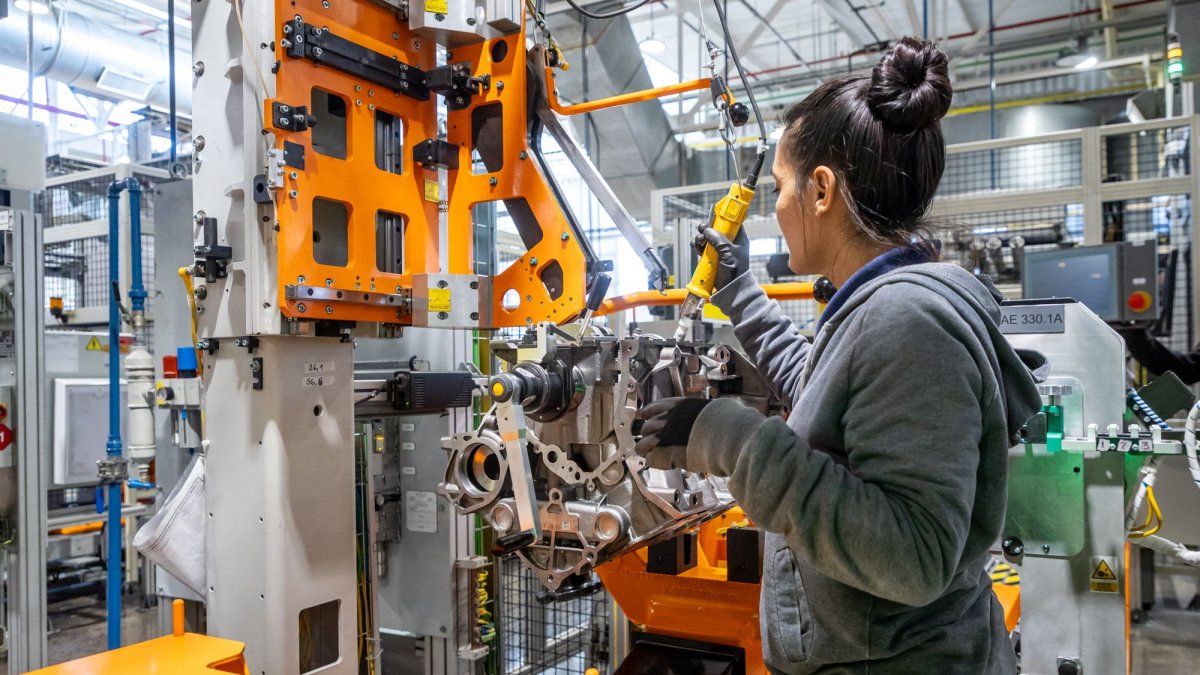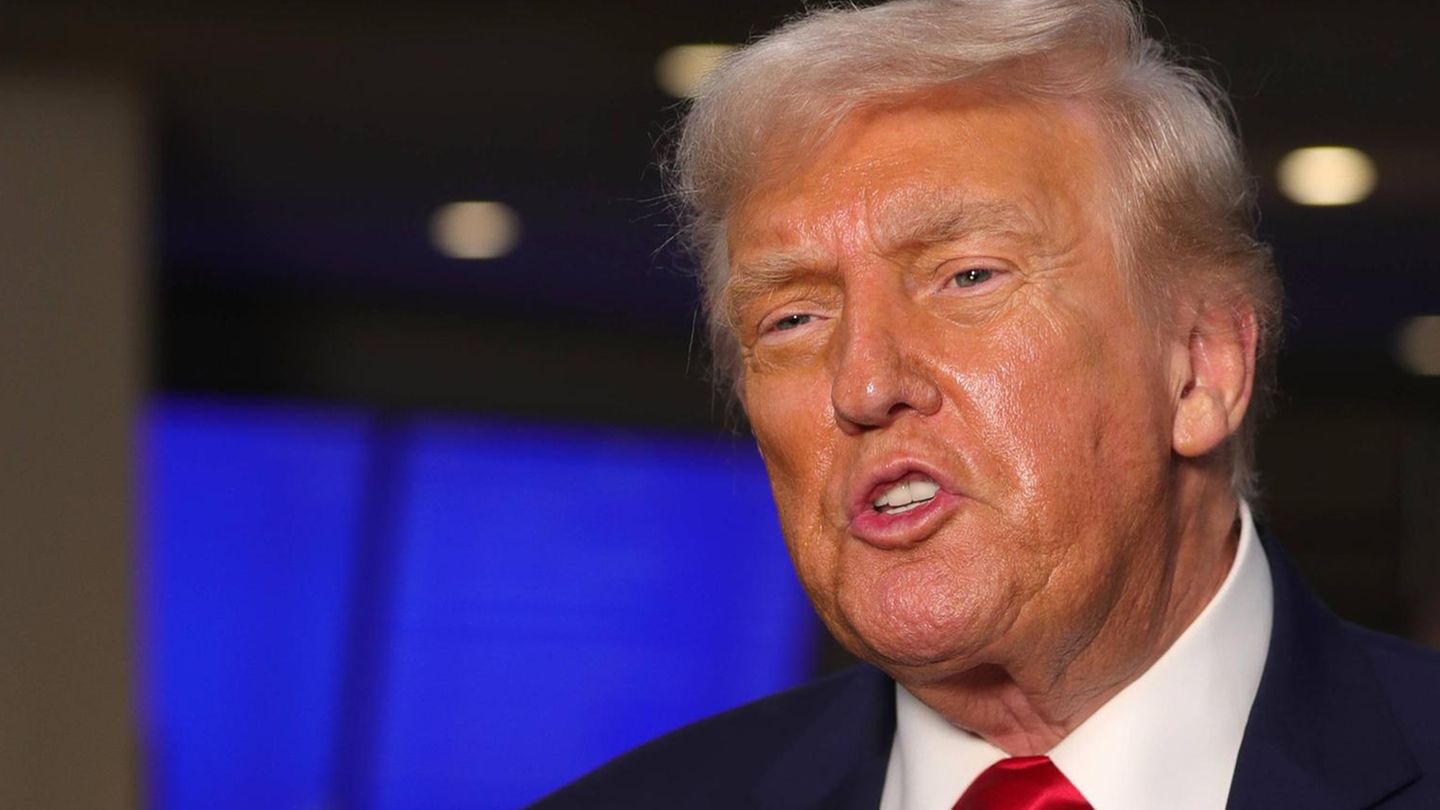The discussion about economic opening is at the forefront, since the change of government, and in the automotive sector It is beginning to be felt.
The high tax pressure and high prices justify claims of greater competition.
This debate divides the waters and causes disagreements between manufacturers of carsauto parts and importers
According to a report prepared by the chamber that brings together distributors of brands not based in the country (CIDOA), the advantages that an opening in this sector would bring through the reduction of taxes.
Importers speak of improved revenue collection due to increased sales, job creation and lower prices.
The document also states that, despite the established idea, no greater amount of foreign exchange to supply market demand.
At that point we enter into a controversial issue that has to do with the amount of auto parts imported vehicles that are manufactured in the country.
The part of the report that points to this issue is the following: “In 2023, the automotive sector as a whole suffered a trade deficit of 8.7 billion dollars. An unusual fact because, if the 450,000 vehicles that were patented had all been imported CBU (Completely Built Up – Finished), the trade deficit would have been 7.2 billion USD. Savings of USD 1.5 billion in foreign currency outflow. This is due to the transfer prices that the automotive terminals carry out among themselves. (they bill themselves between different countries, always leaving the result at the headquarters). The 70% of parts that are imported for the assembly of each car are more dollars than that same finished car. As in 1989, imports were completely closed and we were surprised by the cars that the world produced: with electric windows, air conditioning, power steering, remote opening, etc. Today, given the low participation of extra-zone automobiles, we are once again offering expensive, old, inefficient and polluting cars. Without technological advances.”
From the manufacturers sector they point out that “the information that CIDOA manages is not correct. It is true that there is a deficit in auto parts, but there is a surplus in finished vehicles. The balance gives a much lower commercial red,” they said from a terminal.
To substantiate this opinion, another automaker released the information handled by ADEFA, the association that brings together local factories.
According to these data, the sector’s exports in 2023 reached US$9,007 million (US$7,724 in vehicles and US$1,283 million in auto parts).
Imports were for US$11,774 million (US$2,115 million in vehicles and US$9,659 million in auto parts)
With these numbers, the vehicle sector closed last year with a surplus of US$5,609 million and a deficit of US$8,375 million in auto parts. The general negative balance of the sector was, based on this information, US$2,766 million.
The latest data that is known shows that, in the accumulated of the year, there is a decrease of more than 6% in auto parts salesaccording to data managed by the association that brings together auto parts manufacturers (AFAC). This is due to a drop in production at some terminals.
There is also another reason and it has to do with the increase in imports of parts (especially from China) by companies or bags that do not appear in the entity’s statistics and are destined for the replacement market.
Because of the price advantages abroad, this is a booming business. There are even manufacturers that are stopping producing certain parts to import them. This causes the manufacturing of auto parts to suffer, regardless of whether sales show otherwise.
Source: Ambito
I am Pierce Boyd, a driven and ambitious professional working in the news industry. I have been writing for 24 Hours Worlds for over five years, specializing in sports section coverage. During my tenure at the publication, I have built an impressive portfolio of articles that has earned me a reputation as an experienced journalist and content creator.




